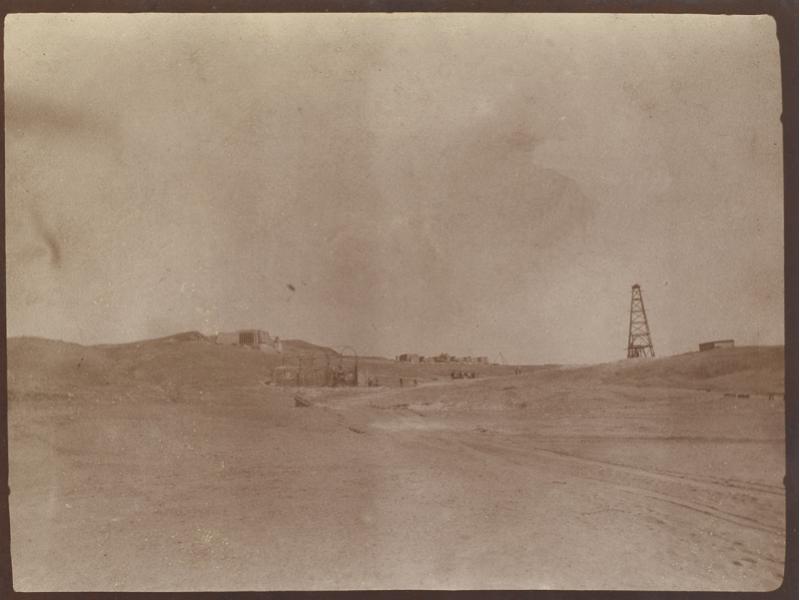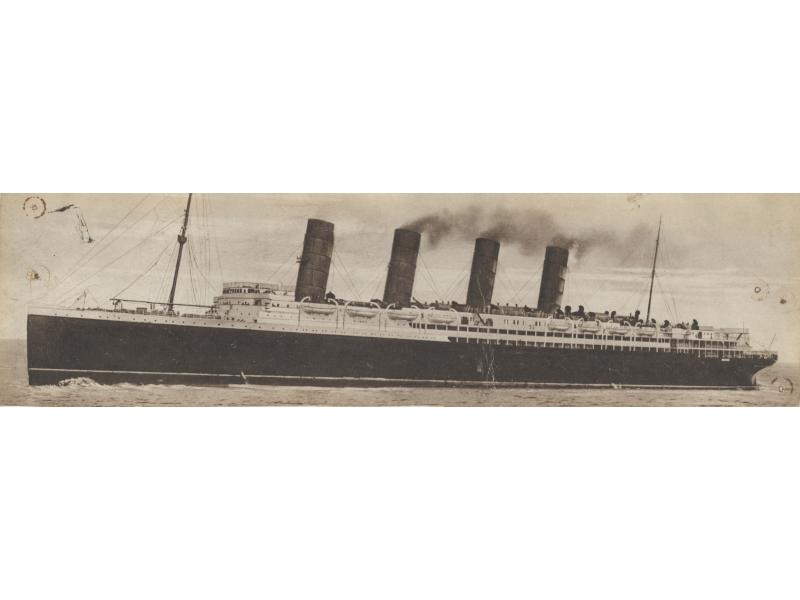Ajouter un Nouveau Commentaire
Fred Edward was born into oil work. His father, A.C. Edward, was a Scottish immigrant to Petrolia and split his time between working for the British Oil Company and managing several wells on his own land.
While the young Edward attended his local school, his real education came from tending his father’s oil wells. In the early 1900s, oil men had little access to manufactured equipment, meaning that if they needed a tool, they had to learn to build it themselves. Improvisation and creativity were the hallmarks of Lambton County drillers. By the time Edward was 17 he had already earned his steam engineer’s certificate and had received experience in skills like pipefitting, blacksmithing, carpentry, and geology.
Edward left home at the age of 17 to begin his career as an International Driller. At this time working in the Canadian oil field paid $1.25 for a 12-hour day. By working abroad, Edward earned $3 a day plus board. His first assignment was in Mexico, travelling by train, boat, dugout canoe, and on foot through the jungle to reach his destination. His trek through the jungles along the Mexico/Guatemala borders were fraught with peril. Edward and his companions each carried a pistol and he was even forced to shoot a man in the arm after an armed altercation.
At the end of his three-year contract in Mexico, Edward returned home with $2000 in savings (more than a full-year’s wage for an average Canadian labourer) and a severe case of malaria.
Undeterred by his brushes with danger and disease, after three months at home Edward accepted a contract in Egypt. Work in Egypt was harsh and the drilling slow. With no wood available in the deserts of Egypt, the men were forced to use steel rigs which had to be shipped from England. When the rigs arrived and they proved defective, the men had to build their own blacksmith shop and fix the rigs using hand-made, improvised tools.
The ingenuity of these men proved futile when their homemade rig hit 100 feet of quicksand and scuttled the project. Edward spent the remainder of his contract travelling by camel nearly 150 kilometers each way to work on a Polish drilling site where the workers spoke no English.
In addition to being a hard worker, Edward was an extremely lucky man. In 1913, Edward travelled home on a ship called the RMS Lusitania, a ship that would be destroyed by German U-boats in 1915. The Lusitania, however, was not the ship that he had intended to travel upon. Had Edward not been delayed by traffic in London, he would have boarded the infamous RMS Titanic. By chance Edward missed a brush with death.
This would not be the last time that Edward would narrowly escape death. During a contract in Persia (modern-day Iran), he contracted rheumatic fever, falling ill nearly 200 kilometers from the nearest doctor. Surrounded by hostile natives and needing medical attention, Edward dressed as a Persian, boarded a camel and snuck through enemy lines. Edward travelled to a British army garrison in the Persian Gulf where he gave his camel to T.E. Lawrence (the British army officer who became the famed Lawrence of Arabia). When he finally reached England he weighed a mere 44 kg. After five months of recuperation, Edward accepted a new contract and left for Australia.
At the age of 32 Edward returned to Canada to settle down. When asked in 1962 to reflect upon leaving home at the age of 17 to embark on a lifetime of peril and adventure Edward remarked, “It gave me the guts to stand on my own two feet."




